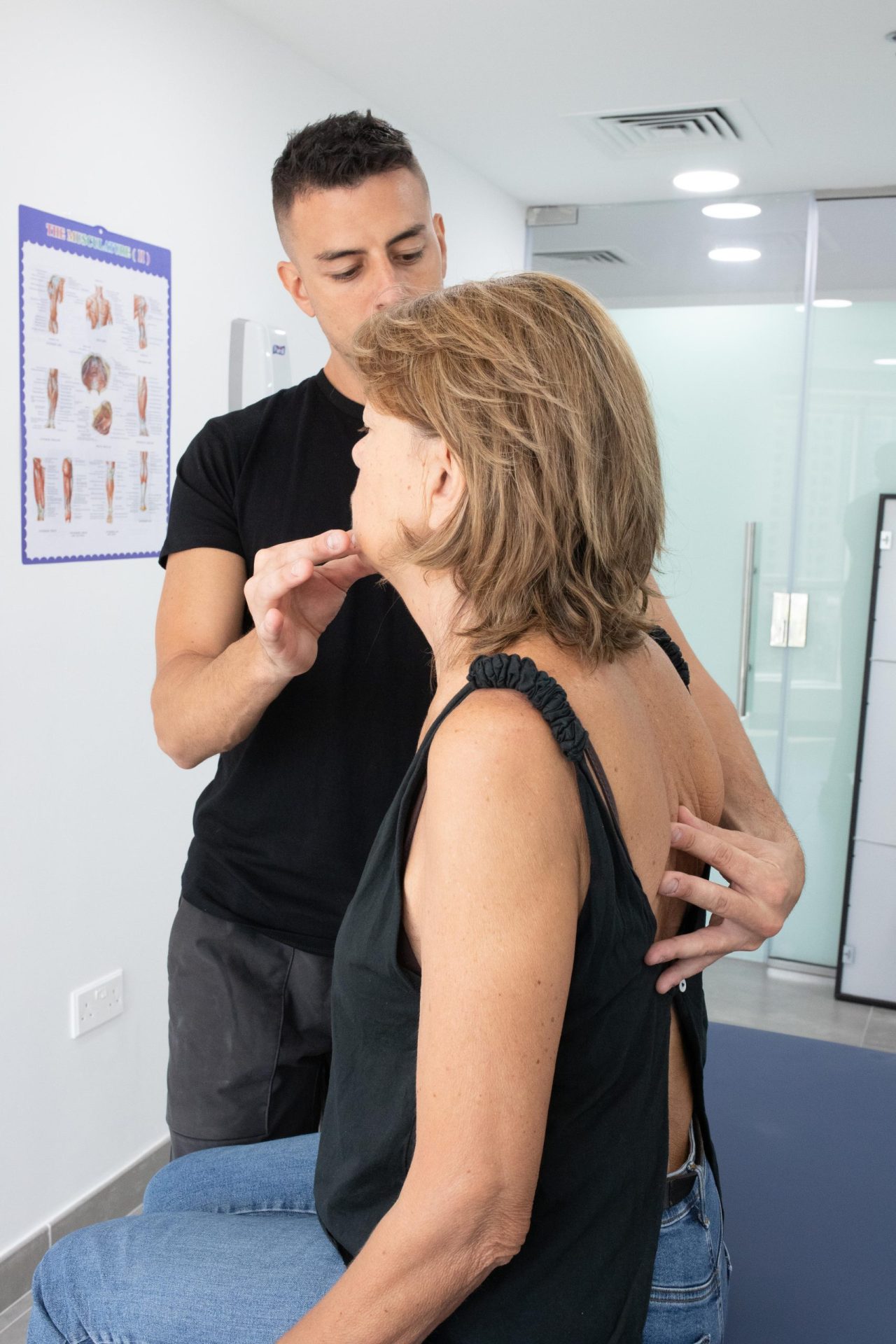
Empowering Wellness through
Postural Education in
Physiotherapy
Postural education stands as an integral pillar in the field of physiotherapy, with its power to prevent pain, improve mobility, and enhance holistic well-being. By imparting knowledge about optimal body alignment and movement, postural education equips individuals with tools to lead pain-free and active lives. As physiotherapists continue to emphasize the importance of proper posture, the transformative potential of postural education will undoubtedly shape a future where individuals take charge of their musculoskeletal health and experience the joy of optimal well-being.